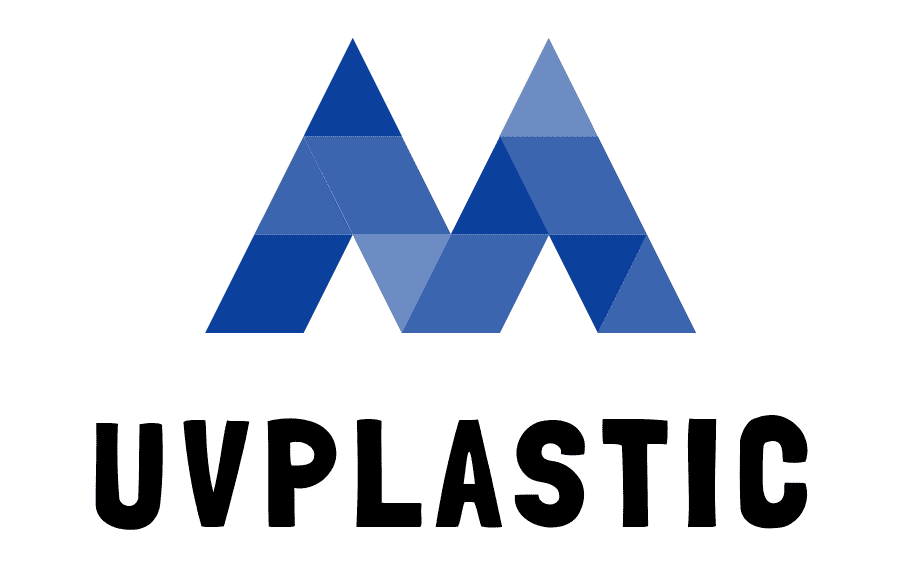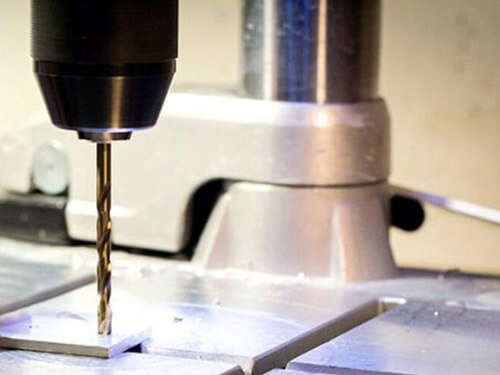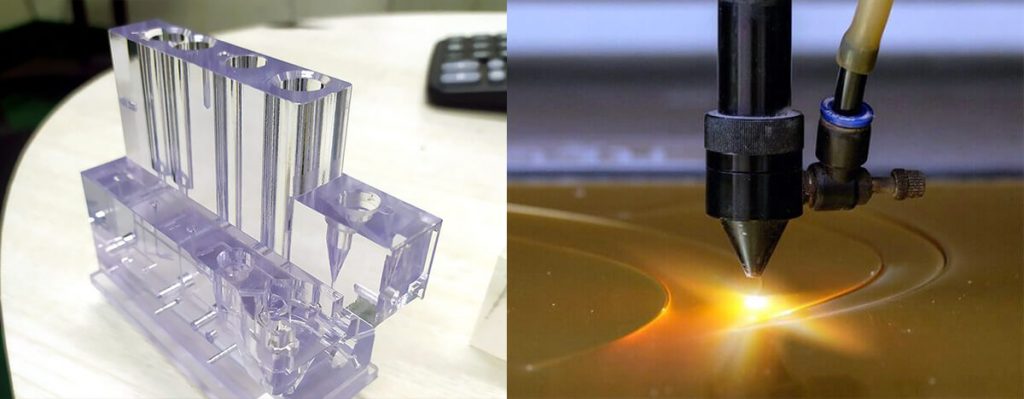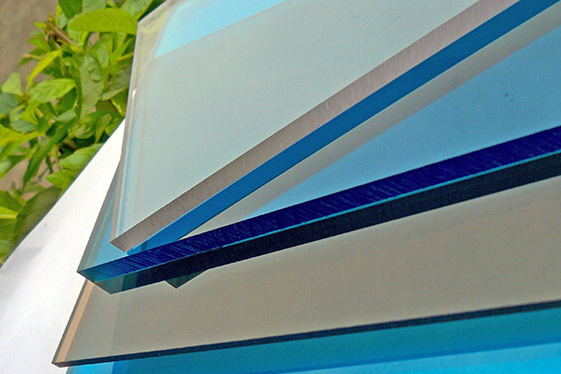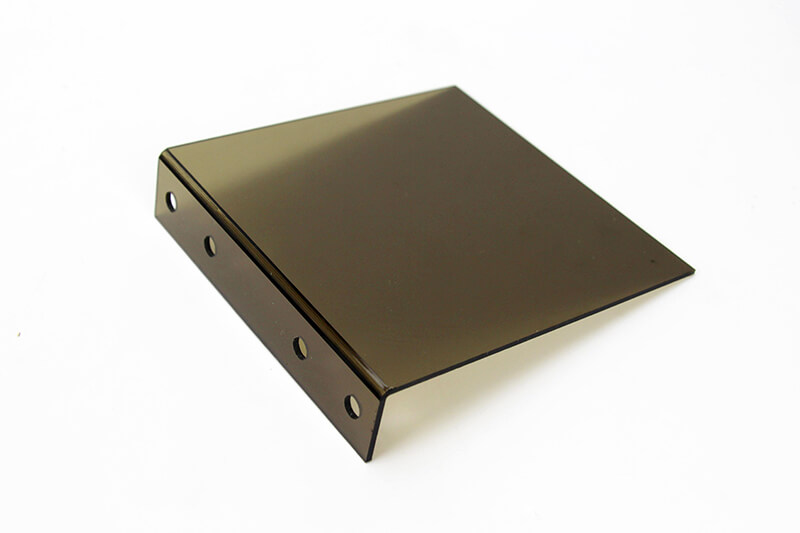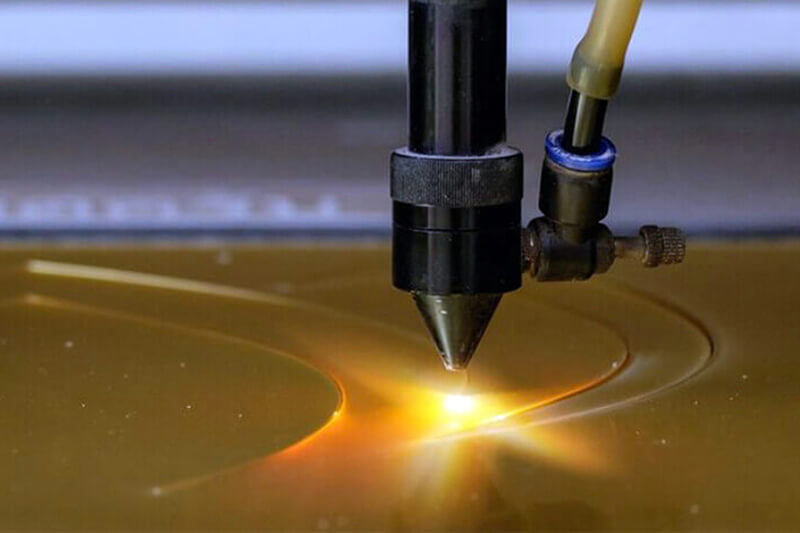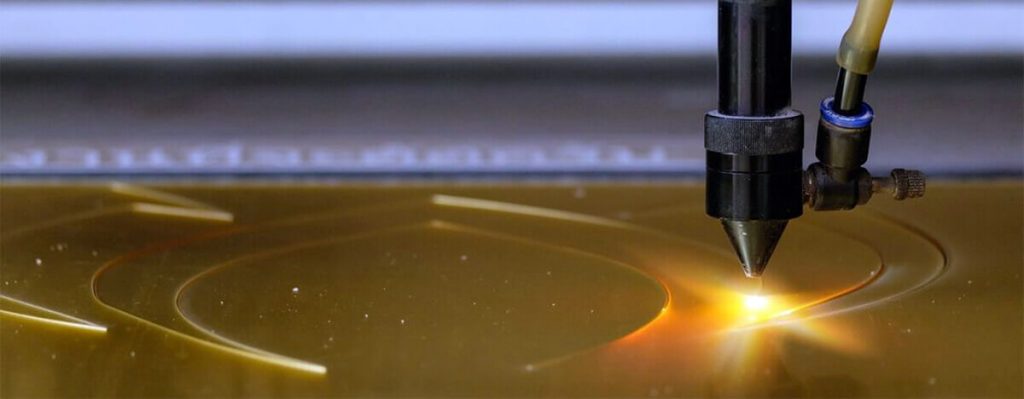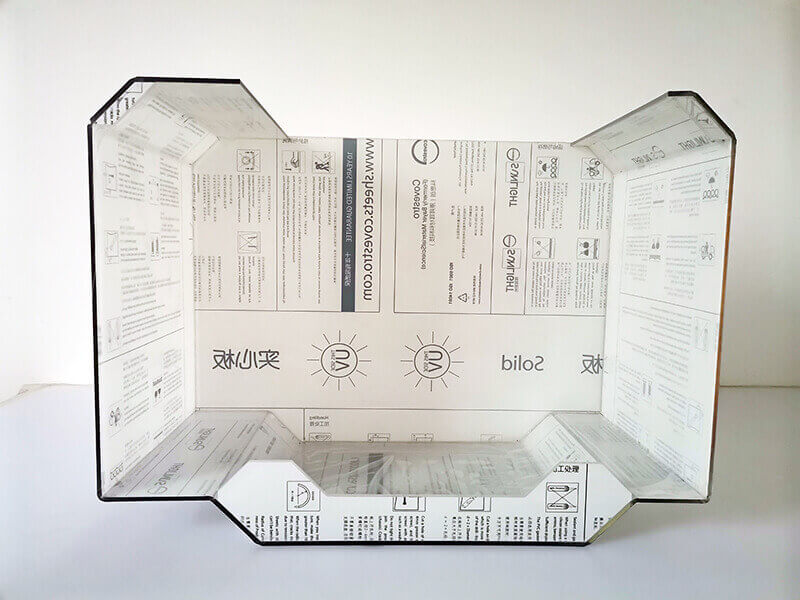How to Benefit Your Product Development with Prototype Machining?
Introduction
A prototype is an essential part of the product development process, and you can say it’s the backbone for creating better product quality. This technology never existed before; the traditional means of producing prototypes are customized.
Prototyping any product before mass production is a big step in manufacturing. This ensures accurate design and functionality as per the requirement.
A prototype is a demo model of the original product that helps the companies construct the final product. This technique includes steps like prototype design, visualization, review, validation, and many more to evaluate a product before high-volume production.
Today’s modern technology opened vast options for prototyping.
In recent times, the Additive manufacturing process has gained popularity for rapid prototyping because of its cost efficiency and on-demand approach.
But the most effective and faster way to produce this customized part is prototype machining, and it delivers better results in terms of design than other prototyping techniques.
So, let’s take a look at what is prototyping machining and how to benefit your product development through this process-
What Is Prototype Machining?
There are many manufacturing technologies in the industry, but they cannot ensure a perfect prototype at the right price and time. But prototype machining can meet the required specs at the right time and right price.
Although other additive manufacturing techniques can give good results in product development, none can replace CNC machining.
Prototype machining is a process that allows the manufacturer to create a few functional parts to verify the functionality before mass production. Prototype machining, also known as CNC machining, excels 3D printers in cost-efficiency, speed, material option, and maximum part size. It also offers a smooth surface finish, essential for parts created in layers.
If you want your product to achieve peak performance and design, you must include the machining process for the prototype.
Essential Aspects In Prototype Machining
Due to its versatility, prototype machining is still the first choice for many manufacturing companies worldwide for product development. Furthermore, thanks to its availability and product quality, the engineers heavily rely on this process.
You should consider some aspects before turning to prototype machining; here are they-
Design Condition Of The Prototype
Manufacturers always try to use standard parts and tools for the best results. The good news is a prototype machine can meet all the requirements alone. However, using this process has some challenges, such as machining costs, complex geometries, and material waste.
If you accept these drawbacks of prototype machining, you can depend on this process for better precision, material, and consistency.
Machining Process
Not all prototype machines have the ability to break complex geometries into prototypes. In that case, you can opt for a 5-axis CNC machine that allows you to create parts with complex geometrical surfaces, but they are a little bit expensive. Nevertheless, you can design a piece if it does not hamper the strength and essential functionalities.
Lead Time And Machining Cost
Prototypes often need unique machined parts more than once, so the stakeholders can test and evaluate them properly. CNC machining allows you to recreate a part without iteration. But, keep one thing in mind, the unused part will increase the lead time and development cost.
Scalability
Prototype machining allows the manufacturers to transition seamlessly into final production. It’s like icing on top of the cake. Prototype machining ensures high accuracy and consistency, allowing the manufacturer to reproduce exactly when it is time to go for mass production without repeating the whole process.
Once a client is satisfied with a prototype, all the above benefits pay off because the customer will essentially be looking at the final product.
It doesn’t matter whether it is the first or tenth iteration. The transition process becomes easy if the prototype is made out of your intended end-use material.
Bridge for mass production
Once the product is validated and finalized for market launch, the next step in the development process is mass production. Other manufacturing processes might replace this machining process at this stage when making large quantities.
Keep in mind, make sure your final product is cheaper than the prototype. Just simplify the process to create a customized part- that’s the best idea we can think of.
Conclusion
In recent times, we have seen companies face a big challenge in the product development process: manufacturing. As a result, they spend most of their time developing, producing and testing a product. Prototyping machining helps a lot to deal with this situation. However, due to its flexibility, it is still an excellent alternative for rapid prototyping applications.
